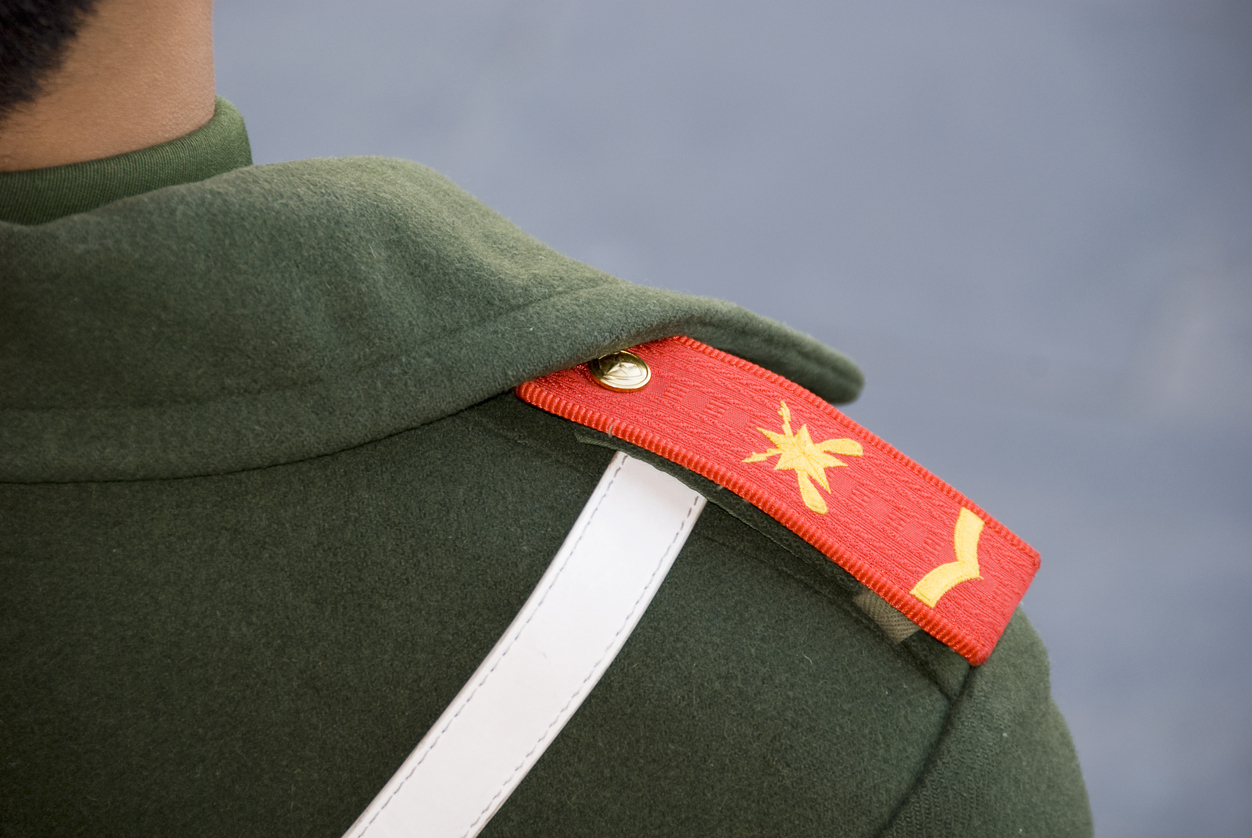
- Home
- India
- World
- Premium
- THE FEDERAL SPECIAL
- Analysis
- States
- Perspective
- Videos
- Sports
- Education
- Entertainment
- Elections
- Features
- Health
- Business
- Series
- In memoriam: Sheikh Mujibur Rahman
- Bishnoi's Men
- NEET TANGLE
- Economy Series
- Earth Day
- Kashmir’s Frozen Turbulence
- India@75
- The legend of Ramjanmabhoomi
- Liberalisation@30
- How to tame a dragon
- Celebrating biodiversity
- Farm Matters
- 50 days of solitude
- Bringing Migrants Home
- Budget 2020
- Jharkhand Votes
- The Federal Investigates
- The Federal Impact
- Vanishing Sand
- Gandhi @ 150
- Andhra Today
- Field report
- Operation Gulmarg
- Pandemic @1 Mn in India
- The Federal Year-End
- The Zero Year
- Science
- Brand studio
- Newsletter
- Elections 2024
- Events
- Home
- IndiaIndia
- World
- Analysis
- StatesStates
- PerspectivePerspective
- VideosVideos
- Sports
- Education
- Entertainment
- ElectionsElections
- Features
- Health
- BusinessBusiness
- Premium
- Loading...
Premium - Events

Chinese disregarded all mutually-agreed norms completely: Centre

Holding China responsible for the standoff in Ladakh that resulted in the deaths of 20 Indian soldiers and an unconfirmed number of Chinese troops, the Centre on Thursday (June 25) said the conduct of the Chinese forces had been in complete disregard of all mutually agreed norms.
During an online media briefing, External Affairs Ministry spokesperson Anurag Srivastava said, China had been amassing a large contingent of troops and armaments along the LAC since early May. It violated the provisions of various bilateral agreements, especially the 1993 Agreement on the Maintenance of Peace and Tranquillity along the border, he said.
Srivastava said, China took action to hinder India’s “normal, traditional” patrolling pattern in the Galwan Valley in early May, while it sought to change the status quo in other areas in Ladakh in mid-May. “We had registered our protest on the Chinese actions through both the diplomatic and military channels, and made it clear that any such change was unacceptable to us,” he said.
Related News: Indian army shores up troops at LAC to match Chinese strength
On June 6, senior commanders of the armed forces of both the countries had agreed on a process for de-escalation and disengagement along the LAC that involved “reciprocal actions”, said Srivastava, adding that the Chinese side departed from these understandings in the Galwan Valley and sought to erect structures just across the LAC.
“When this attempt was foiled, Chinese troops took violent actions on June 15 that directly resulted in casualties. Thereafter, both sides remain deployed in large numbers in the region, while military and diplomatic contacts are continuing,” he said. “Obviously, the Indian side had to undertake counter deployments and the resulting tension,” he added.
(With inputs from agencies)
